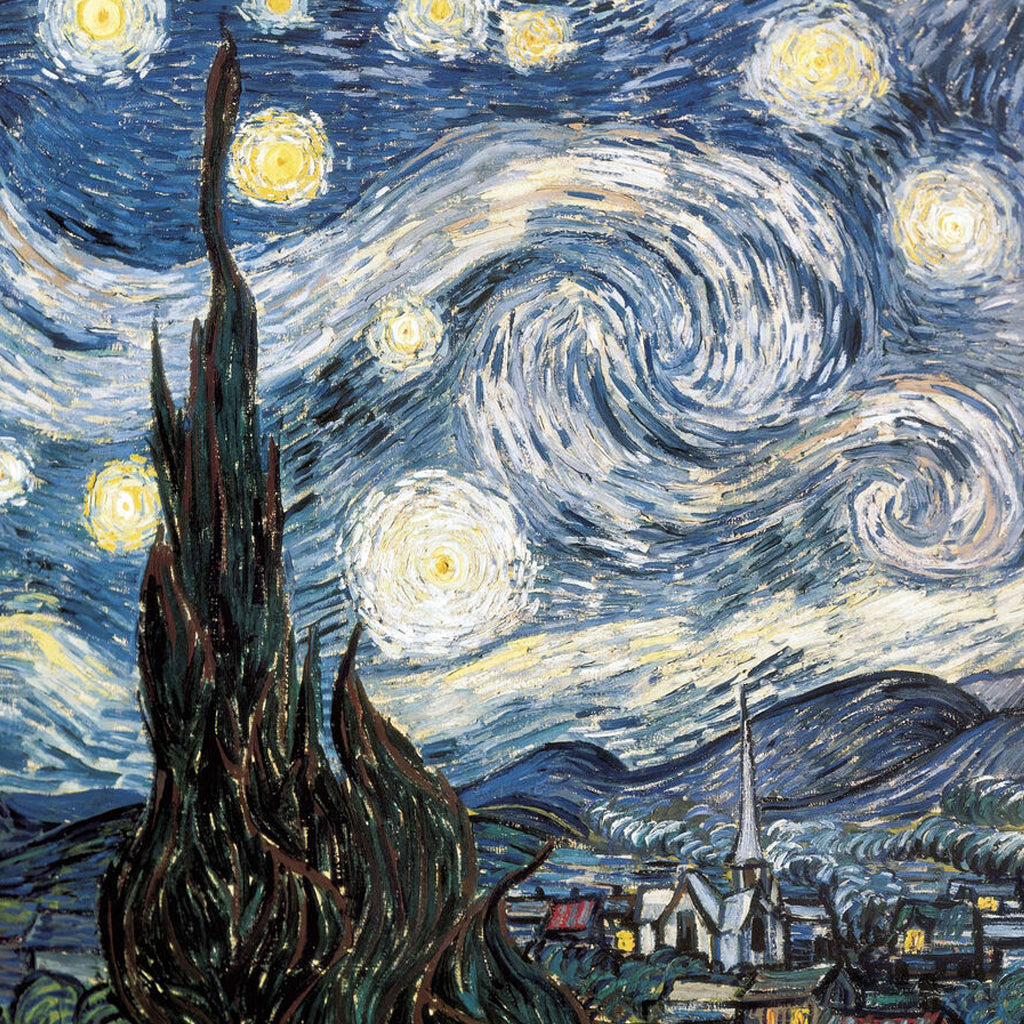A Brief History Of Abstract Art
It is hard to believe that the striking use of colors, shapes and abstract themes in painting came quite late on the art scene. Throughout the art history there was no artist who saw beyond the representationalism and decided to create a new path where other artists would follow. Even when the abstract art movement did appear in the early 20th century, it would seem that it happened by accident.
The first name that comes to mind when discussing abstract art is Wassily Kandinsky. Supposedly, Kandinsky decided to create abstract art because he spotted a picture in his studio during twilight. It was lying on its side and Kandinsky recognized forms and colors that fascinated him and came to the conclusion that representationalism only hurt his work. This made him realize that color alone could evoke emotions, and that the content was not necessary. And that was the beginning of abstract art. It must be mentioned that he was familiar with the color and light techniques of the Impressionists and the irregular forms of the Cubists, which undoubtedly influenced his work.

This was only the beginning, and the transition from recognizable objects in paintings to abstract themes happened slowly and over a long period of time.
The very first abstract paintings still used elements from real life, such as nature, but portrayed them in a distorted way. There were no realistic elements used, yet you could still see and understand the subject of the painting.
While Kandinsky went one step further, the very first group of artists to portray distorted subjects with a hint of abstract elements were the Impressionists. Their main focus was the vividness and life that comes from bringing the impression of a landscape to a viewer, rather than correct, precise and realistic forms.
Among them, Post-Impressionists such as Van Gough and Cézanne were concerned about the feelings each piece of art would evoke, rather than being focused on conventional attributes. Maybe they were the ones to open the door through which other artists would walk later.

After these occurrences in the art world, the shift happened and more artists were exploring the vast potential that abstract movement offered. The ideas and understanding of abstract art began to spread quickly and many abstract movements were created as a result of this.





